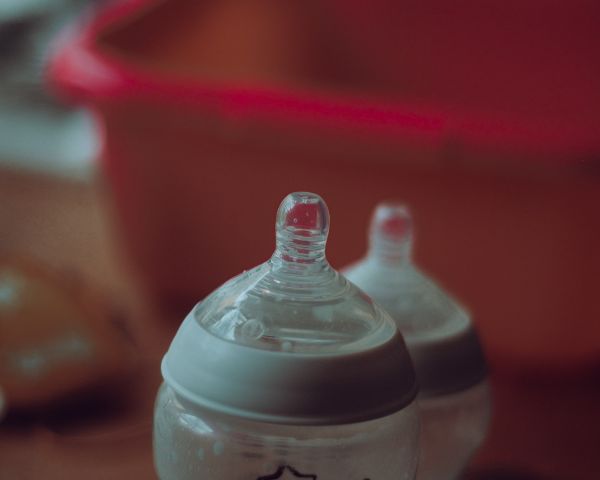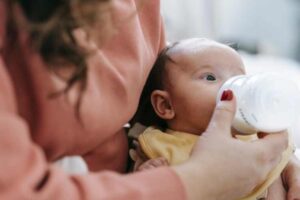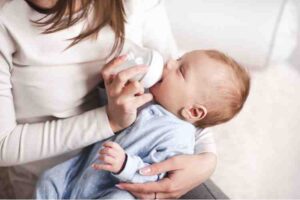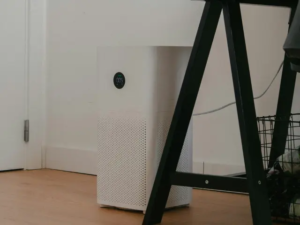Flying with a baby can be a stressful task on its own not to mention all the extras you need to consider. Where will the baby sleep, can you bring a diaper bag, and what are the rules about traveling with breast milk? It can be difficult to know how much breast milk you are allowed to bring and what to do with the pumping equipment and bottles. You don’t want to have your pumped milk confiscated and risk your baby going hungry.
This guide will aim to give you everything you need to know about how to travel with breast milk so you can be prepared and have an easy journey. You can also read about traveling international with infant and find out which are the best bottles for breastfed babies.
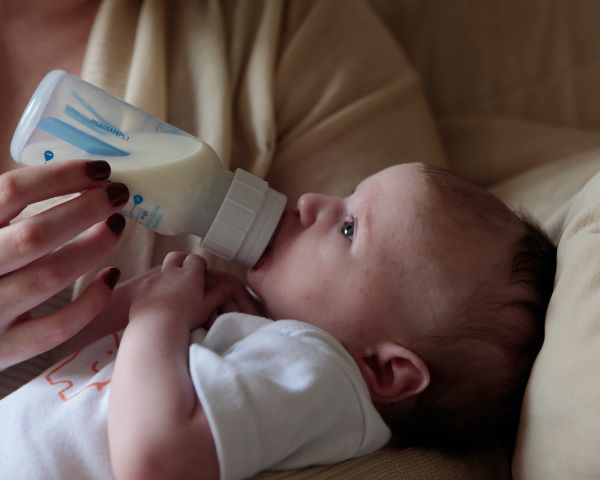
How can I keep my breast milk while traveling?
Transportation Security Administration (TSA) liquid restrictions do not apply to breast milk as they do with other liquids. The TSA advises that you are allowed to bring more than 100ml milk storage bags in your carry-on. This liquid also does not need to fit into the usual quart-sized bag.
This doesn’t just apply to breast milk, the liquid restrictions also apply to any formula, toddlers’ drink, and baby food, as well as breast milk cooling liquids including ice packs, freezer packs, and gel packs.
Solid frozen ice packs might be easier to travel with as liquid or frozen gel packs may require additional screening process time.
Do I need to travel with my baby to bring my breast milk?
It’s useful to know that in the US, you don’t have to travel with your baby to take your breast milk on the plane. The same rules apply to traveling with breast milk whether or not the baby is flying with you. You can bring as much of it as you like and you can bring cooling liquids too.
If you are flying internationally the rules for flying with pumped milk and your baby differ. It’s important you check the local destinations’ guidelines to see if you are allowed to bring breast milk when traveling with your baby.
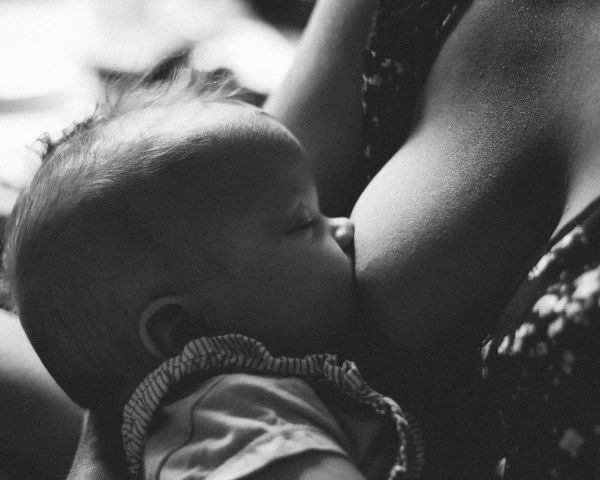
Going through airport security with breast milk
When you arrive at the airport, you should leave plenty of time to check in and go through security if you are planning on bringing breast milk. When you arrive at security, you are advised to make the TSA offer aware that you are traveling with formula and additional liquids as there are additional screening procedures and they will need to be examined separately and potentially tested. This makes it easier for everyone involved. You’ll likely be screened quicker and the security team knows what to expect. Telling them straight away minimizes any time for any potential confusion or misunderstanding.
How to avoid any issues at security with your breast milk
Lots of parents have unfortunately faced unnecessary difficulties in the airport with their milk, so learn from their misfortunes and come prepared.
It’s important you know what you are and aren’t allowed to bring in case any TSA offer tries to wrongly confiscate your expressed milk. You could print out the TSA guidelines and airline-specific guidelines just in case you find yourself in a sticky situation.
Keep your breast milk secured and make it known to security offers. You can also engage TSA Cares which is a service that provides additional services during the security process. To use this service, simply fill in TSA Cares form 72 hours prior to traveling.
Pumping and nursing at the airport
There should be plenty of places to pump or feed whilst you are in the airport. If you have a long layover it’s even more important that you have somewhere safe and private to feed your child. The Friendly Airports for Mothers (FAM) Act of 2020 states that all large and medium airports in the US have to provide a private area for women to pump and nurse, and changing tables for men and women in every airport terminal. Some airports have specific nursing rooms to help you feel more comfortable.
If you’re not sure, ask one of the airport staff as they should be able to point you in the right direction and make the most of the airport facilities.
Traveling with a breast pump
You are allowed to take your breast pump with you on the plane as it is a personal item like a laptop. However, traveling with breast pumps is slightly more complex than traveling with breast milk as the rules differ. The TSA advises that you are allowed to travel with breast milk and they also advise you are allowed to travel with breast pumps. Although you are allowed to travel with it, different airlines have different rules.
Some airlines may allow you to take your pump as additional luggage as well as your usual carry-on allowance as the breast pump is considered a medical device. Other airlines will ask you to include the pump in your luggage allowance. For this reason, it’s a good idea to contact your specific airline to check their requirements so you are not surprised when you arrive at the airport.
Using a breast pump at the airport
You may need to pump at the airport or during the flight. Consider bringing a manual or battery-powered electric breast pump so you can pump any time you need to and a nursing cover or drape for extra privacy when you might not have it. You’ll also need to consider how you will clean and sanitize your pump whilst at the airport. A good idea is to bring wipes to keep your pump clean at times when you might not have immediate access to running water.
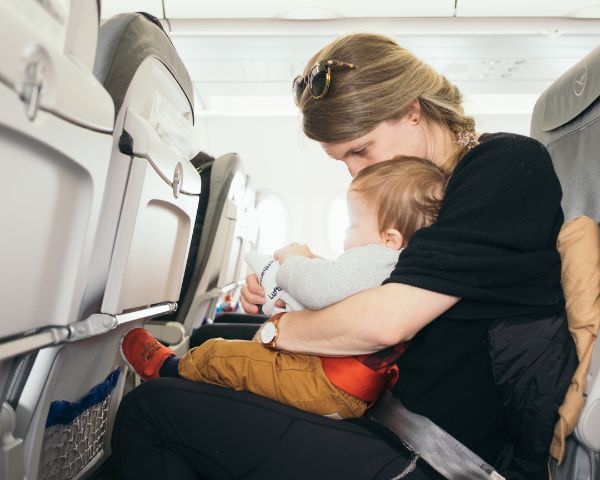
How to travel with breast milk in a diaper bag?
You can put your expressed milk in your diaper bag with the rest of the baby’s essentials but make sure you package and store it properly and separately. When you reach security, you’ll need to take the milk out to be screened separately. Have your milk stored together in a separate package so it can be easily and quickly taken out of the diaper bag.
Put your milk in a secure container with a screw top to avoid any potential spills or leaks. It’s desirable to keep your milk cool or even frozen to make it last longer. Breast milk left at room temperature has a high risk of spoiling so keep it cool. Remember that defrosted frozen milk only lasts 24 hours and cannot be refrozen.
If possible, store the milk in a cooler bag with ice. If there’s room, you could put this cooler bag inside your diaper bag.
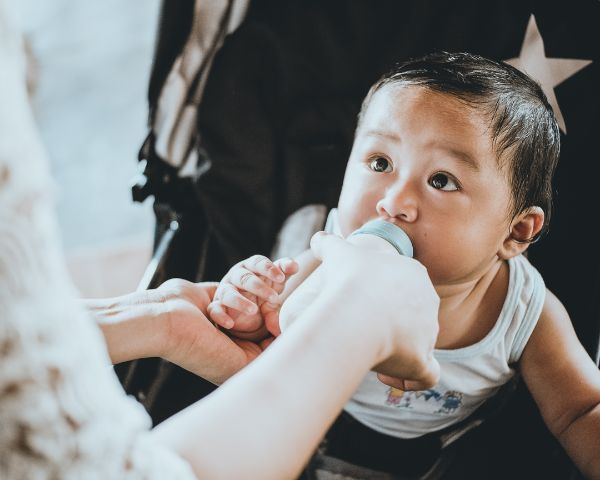
How to store breast milk while traveling?
You’ll know how important it is to correctly store your breast milk so it doesn’t spoil. It’s just as important to store it correctly when traveling when there is more room for error and more opportunities for the milk to spoil. You’ll want to make sure the milk is sealed tightly so it does not spill during your travel. This is also important when you go through security as you’ll want to avoid any spills or leakages.
Storing breast milk in feed sizes
It’s good practice to store your breast milk in feed sizes so one container equals one feed. Although you don’t need to store your milk in 100ml containers, it’s useful to store them in small containers. Storing your milk like this makes it easier for you to see how many feeds you have. It also makes it easy to feed the child on the go as you know you only need one container.
If you are freezing your breast milk then you can defrost it and use just one container without taking more than you need. It’s also a good idea to date and time each container so you can keep track of which is the oldest and needs to be used first. Also, whenever traveling with breast milk, consider using milk storage bags to store express milk. These storage bags take up minimal space when compared to using bottles or containers.
Traveling with frozen breast milk on the plane
The Centers for Disease Control (CDC) advises that breast milk is fine to be left at room temperature for up to 4 hours and if it’s kept cool in the refrigerator or with ice packs then it will last up to 4 days. Frozen breast milk lasts the longest at 6 to 12 months.
Ideally, you’ll want to cool your breast milk before the flight, and put it in secure packaging in a cooler bag with ice packs during your flight. If you have a particularly long flight, ask the flight crew for ice to keep your milk cooler for longer.
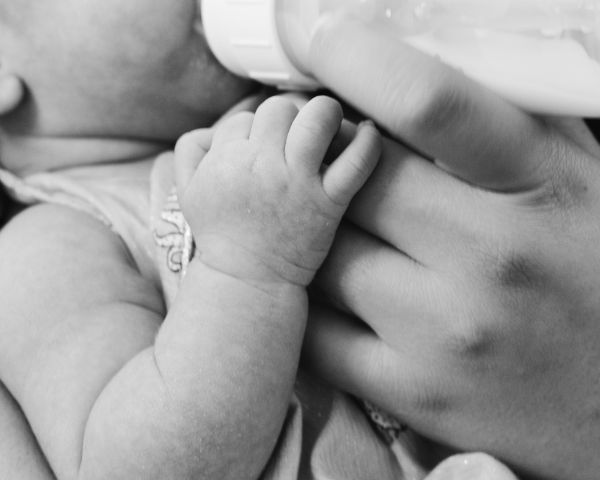
Freezing breast milk storage
If you decide to freeze your breast milk remember that when you defrost it you’ll need to use it within 24 hours before it spoils. You cannot refreeze your breast milk for safety and bacteria reasons so you might find it easier to travel with cold milk rather than frozen milk.
If you’re staying at a hotel when you arrive at your destination make sure you check they have a mini fridge or freezer you can store the milk in. The last thing you want is to arrive at your final destination after a long flight to have nowhere to store the milk. If you’ve gone through all the trouble to transport it on the plane, you want to make sure it keeps after you arrive.
Also be mindful that although the mini fridge in the hotel offers you the ability to keep your breast milk cool, the efficiency of the freezer may not compare to the one you have at home. Try not to leave express milk in hotel fridges for too long.
Checking in breast milk
If you don’t want to take the breast milk on board and risk any additional stress and time at security then you can check your milk in with your checked luggage. The same rules apply to storing breast milk, you’ll want to freeze it and keep it cool in a cooler bag.
On long-haul flights, it may be difficult to keep the milk cool as you have no way to check on it, but for shorter flights, this might be a preferable option.
Shipping breast milk
You can ship your breast milk to your final destination if you don’t want to travel with it. It can be a nightmare to take your usual travel luggage, your baby as well as breast milk supplies so you might want to consider shipping it to reduce this travel stress.
Companies like Milk Stork are designed to transport and ship breast milk and will keep it cool during the whole process. You can also have cool shipping options with delivery companies including FedEx and UPS. Shipping your breast milk is a great option if you are traveling and will be away from the baby but want to ship milk home.
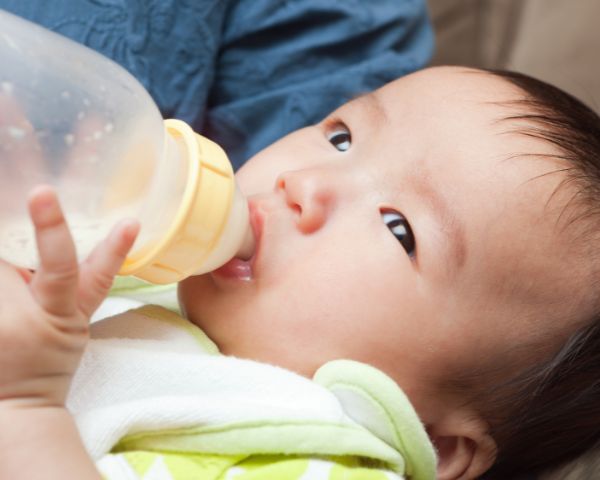
Travel with Breast Milk in Confidence
Remember, you are allowed to travel with breast milk and there are no restrictions on how much you can bring. Familiarise yourself with the TSA and airline guidelines so you are confident with the regulations in the face of any questioning. It’s always useful to check your specific airline requirements particularly if you are planning on bringing your breast pump.
If in doubt, contact customer service before you go and allow plenty of time when you arrive at the airport. You’ll need to let the security team know that you are traveling with breast milk so they can screen it separately. Don’t forget you have the option to get TSA Cares assistance during the screening process.
Ideally, pump and put the breast milk in the refrigerator then keep it cool and store it in a cool bag with ice. Frozen ice packs will make going through security easier and quicker than taking gel ice packs or slushie ice packs.
If you are flying with an infant, here’s an article about airline bassinets with everything you need to know about bassinet seats on a flight. Or if you are flying with a car seat, or flying with breast milk and pumping on the go, there’s great information for your reference. Enjoy!

